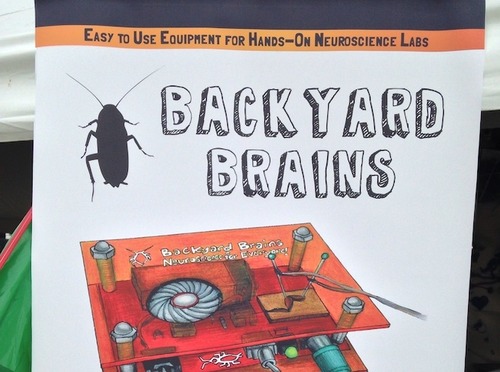By Angus MacKenzie
June 12, 2014

A complex optical system creates an almost 3D sensation of distance and space between the faux sky and the sun
For residents living in the north, where sunlight can be a rare commodity during the winter, a psychological condition known as Seasonal Affective Disorder is a very real problem. Light therapy is one way to shake off the winter blues, and although artificial lighting solutions do exist, they are generally available as simple variations on traditional desk lamps. An Italian designer has developed CoeLux, a unique system that delivers artificial light through an intelligent false skylight.
Professor Paolo Di Trapani of Italy’s University of Insubria spent over 10 years working on a sunlight emulation device called the CoeLux system. The concept aims to recreate artificial light as it exists beyond the walls and ceilings of enclosed spaces, and bring realistic illumination into spaces like subway stations, museums, or spaces where people are removed from the feeling of well-being that natural sunlight delivers.
The CoeLux skylight system utilizes three key elements to emulate natural lighting. Using proprietary technology, Di Trapani has incorporated select LED lighting to closely resemble natural light and the sun in the sky. The team then developed a complex optical system which mimics the sun and its rays using nano-structured materials to recreate in just a few millimeters theRayleigh scattering process that occurs in the atmosphere. But making a ceiling blue with a false sun does not a realistic artificial light source make.
According to Di Trapani, in order to achieve a 3D effect and emulate natural sunlight, the team had to meet a number of design specific challenges. First his team had to develop a photorealistic rendering engine that was capable of accurately simulating sky and sunlight when working with select materials.
“The objective included further developments of the existing Maxwell Render software functionality to include light scattering properties, light polarization effects, custom spectrum data (through spectrum curves or raw data) and light spectrum measurements, by including a virtual spectrophotometer,” explains the inventor.
In the new rendering engine, new user interfaces were developed to allow easier interaction. From lighting experts to designers to physicists, the new engine and interface are designed to assist the user in configuring the spectrum profile for their individual purposes.
But the CoeLux not only delivers faux daylight to enclosed spaces, it can also be programmed to emulate three different geographic lighting scenarios, such as northern Europe for example, where the light runs at a lower angle relative to the horizon than at the equator.
The CoeLux 30 system offers a wall mounted “window” that produces a warm, grazing light typically found in northern regions like Scandinavia. By contrast, the CoeLux 60 delivers an equatorial, vertical type light that projects cooler tones and more dramatic shadows. And in the middle is the CoeLux 45 skylight which presents a 45 degree light designed to offer a balance of light and shadow for those Mediterranean residents residing around the 45th parallel.
Because of the psychological healing properties and well being benefits associated with natural lighting, the designer foresees the CoeLux system having applications in healthcare, senior’s facilities, hospitality spaces, retail, residential and even transport. The entire system is incorporated into an elaborate false ceiling is only a few millimeters thick but still manages to very closely resemble an actual skylight. CoeLux is able to recreate the experience of sun and sky and bring the outside world inside.
Funded by the European Union and featured by the European Commission at the 2014 Innovation Convention in Brussels, the CoeLux system was selected as one of twelve upcoming innovative technologies in the EU. A CoeLux installation can be seen in Venice, Italy, at the 2014 Biennale Architettura.
A more detailed project summary of the CoeLux system can be viewed at the European Commission’s CORDIS portal.
Source: CoeLux













You must be logged in to post a comment.